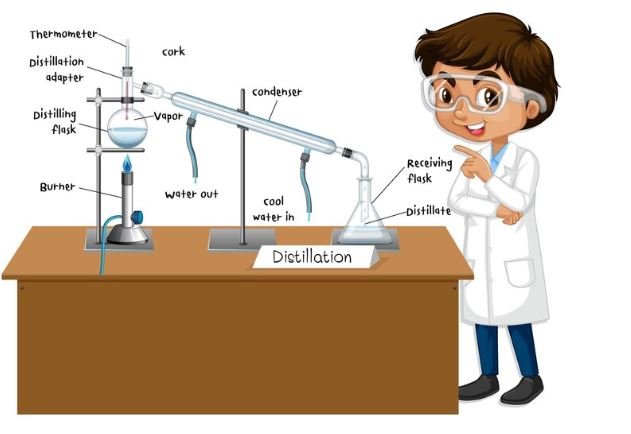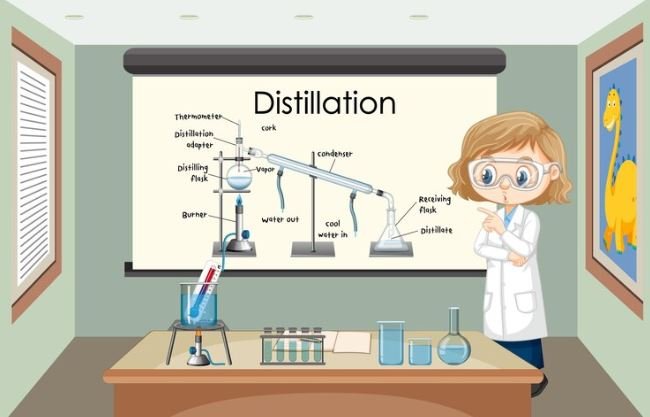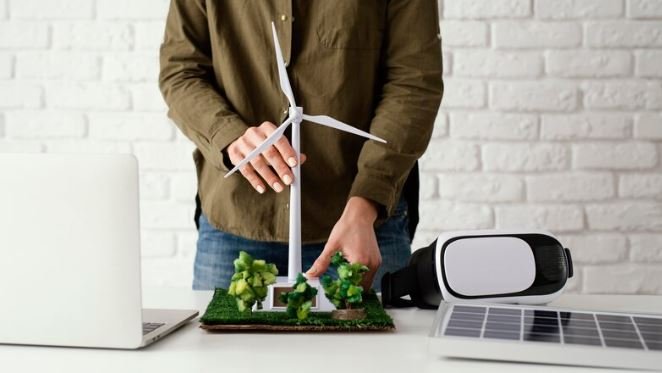Measurement science is the study of how we measure things. From the length of a pencil to the temperature outside, measurement science helps us understand the world around us in exact numbers and units. It gives us ways to compare and understand sizes, weights, temperatures, distances, time, and many other things.
Scientists, engineers, and even teachers use measurement science in many parts of life to get precise information. It helps with everything from building bridges to tracking the weather.
What Is Measurement Science?
Measurement science, also called metrology, is the study of measuring things accurately. Measurement helps us describe things in numbers that everyone can understand.
It doesn’t matter where you are in the world if something is 10 centimeters long, people everywhere know exactly how big it is. Measurement science focuses on how to make these measurements as precise as possible, ensuring that the results are always reliable and accurate.
For example, if scientists are measuring the distance between two cities, they need to make sure their measurements are correct so people can understand how far apart the cities are.
Measurement science provides rules and tools to make these measurements accurate, which helps us communicate and work together more easily.

Why Measurement Science Is Important
Measurement science is important because it brings accuracy and understanding to everyday life. Whether you’re measuring ingredients for a recipe, checking your height, or figuring out how long a car trip will take, measurement helps you get the right information. Without accurate measurements, it would be hard to understand sizes, weights, temperatures, or distances.
Measurement science is also essential for safety. For example, when engineers design buildings, they need to measure materials correctly to make sure the building is strong and safe.
Doctors use measurements to figure out the right amount of medicine for patients, and scientists use measurements to study and understand the environment. Accurate measurements make life safer, easier, and more understandable for everyone.
Types of Measurements
There are many types of measurements we use in daily life. Each one helps us understand a different part of the world. Here are some common types of measurements and what they’re used for:
Length and Distance: Length measures how long or short something is, while distance measures how far apart two things are. We use tools like rulers, measuring tapes, and odometers (in cars) to measure length and distance. Examples of length and distance include measuring the height of a tree, the length of a road, or the width of a table.
Weight and Mass: Weight is how heavy something is, and mass is the amount of matter in an object. We measure weight using scales and mass using balances. For example, when you step on a scale, it shows your weight, and when scientists study objects in space, they measure mass to understand how much matter is in them.
Temperature: Temperature tells us how hot or cold something is. We use thermometers to measure temperature, and you’ve probably seen this when you check the weather or take your temperature if you’re not feeling well. Measuring temperature helps us dress appropriately, cook food at the right heat, and understand climate patterns.
Time: Time helps us keep track of moments, hours, days, and years. We measure time with clocks and watches. Time is essential for organizing our lives, going to school, and knowing when to start and stop activities.
Volume: Volume measures how much space something takes up. Measuring cups and graduated cylinders are often used to measure volume, especially for liquids. Volume is helpful for cooking, science experiments, and figuring out how much water a container can hold.
Speed: Speed is a measure of how fast something is moving. For example, cars have speedometers to measure their speed. Knowing speed is useful for safety on the road and understanding how quickly something is traveling.
These measurements give us a complete picture of the world and help us understand things in clear, exact ways.
Tools Used in Measurement Science and Technology
Technology has created many tools that help make measurements easier and more accurate. These tools are designed to help people measure things quickly and reliably. Here are some common tools used in measurement science and what they measure:
Ruler: A ruler is a straight measuring tool that shows length. It’s useful for measuring short distances, like the length of a pencil or the width of a book.
Measuring Tape: Measuring tape is flexible and can measure longer distances, such as the height of a room or the length of a wall. It’s often used in construction and interior design.
Thermometer: A thermometer measures temperature. There are different types of thermometers, like digital thermometers, mercury thermometers, and infrared thermometers, which measure temperature in various situations, such as outside weather or inside the human body.
Scale: A scale is used to measure weight. Digital scales show the weight in numbers, while traditional scales use weights to balance objects and measure their heaviness.
Stopwatch: A stopwatch measures time. It’s commonly used in sports to time races or events, helping athletes track their performance.
Graduated Cylinder: A graduated cylinder measures the volume of a liquid. It’s often used in science labs to measure chemicals or other liquids for experiments.
Caliper: A caliper is a tool that measures very small distances or thicknesses. It’s useful for precision measurements in science, engineering, and jewelry making.
Each of these tools has a specific purpose and helps make measuring accurate and easy.

How Technology Improves Measurement Accuracy
Technology has made measuring faster, more accurate, and easier to understand. Advanced tools like lasers, digital scales, and electronic thermometers give us precise measurements that were harder to achieve in the past.
For example, lasers are used to measure distances with incredible accuracy, even over long ranges. Digital scales provide exact weight readings without having to adjust physical weights.
Today, there are even apps on smartphones that can measure things like distance, height, and temperature. These technological advancements make measurements more accessible, helping people get the exact information they need whenever they need it.
Examples of Measurement in Daily Life
Measurement science is a part of everyday life, even if we don’t always notice it. Here are some examples of how measurement helps us in daily activities:
Cooking: Recipes require exact measurements of ingredients to taste right. Using measuring cups, spoons, and scales ensures that food is prepared correctly.
Traveling: Knowing the distance and time helps us plan trips, whether by car, plane, or train. Maps, GPS, and speedometers give us important information about where we’re going and how long it will take.
Health: Doctors measure height, weight, blood pressure, and temperature to monitor health. Accurate measurements help doctors make good decisions for treatments and medicine dosages.
Building and Construction: Builders use measuring tools to ensure buildings are safe and the right size. They use measuring tapes, levels, and other tools to make sure everything is built accurately.
Sports: In sports, measurements help keep track of time, distance, and scores. Timers, measuring tapes, and scales ensure fair and accurate results in games and competitions.
These examples show how measurement is essential in many parts of life, making sure things work smoothly and accurately.
Importance of Measurement Science for the Future
Measurement science is important not only for today but also for the future. As technology continues to advance, measurement will become even more precise.
This will help in areas like space exploration, medical science, and environmental studies. For example, precise measurements allow scientists to study distant planets, develop new medicines, and track changes in the Earth’s climate.
With new technology, measurement science can help solve complex problems and lead to more discoveries. Whether it’s creating more efficient energy sources, protecting the environment, or improving healthcare, accurate measurement is a key part of innovation and progress.
Conclusion
Measurement science and technology help us understand the world in clear and accurate ways. From measuring length with a ruler to tracking time with a stopwatch, these tools and techniques are essential in everyday life. Technology has made it easier to get precise measurements, making life safer, more organized, and more connected.
By learning about measurement, we gain a better understanding of the world around us, helping us make smart choices and solve problems. Measurement science plays a crucial role in everything we do, and as technology advances, it will continue to help us explore, understand, and improve our lives.


